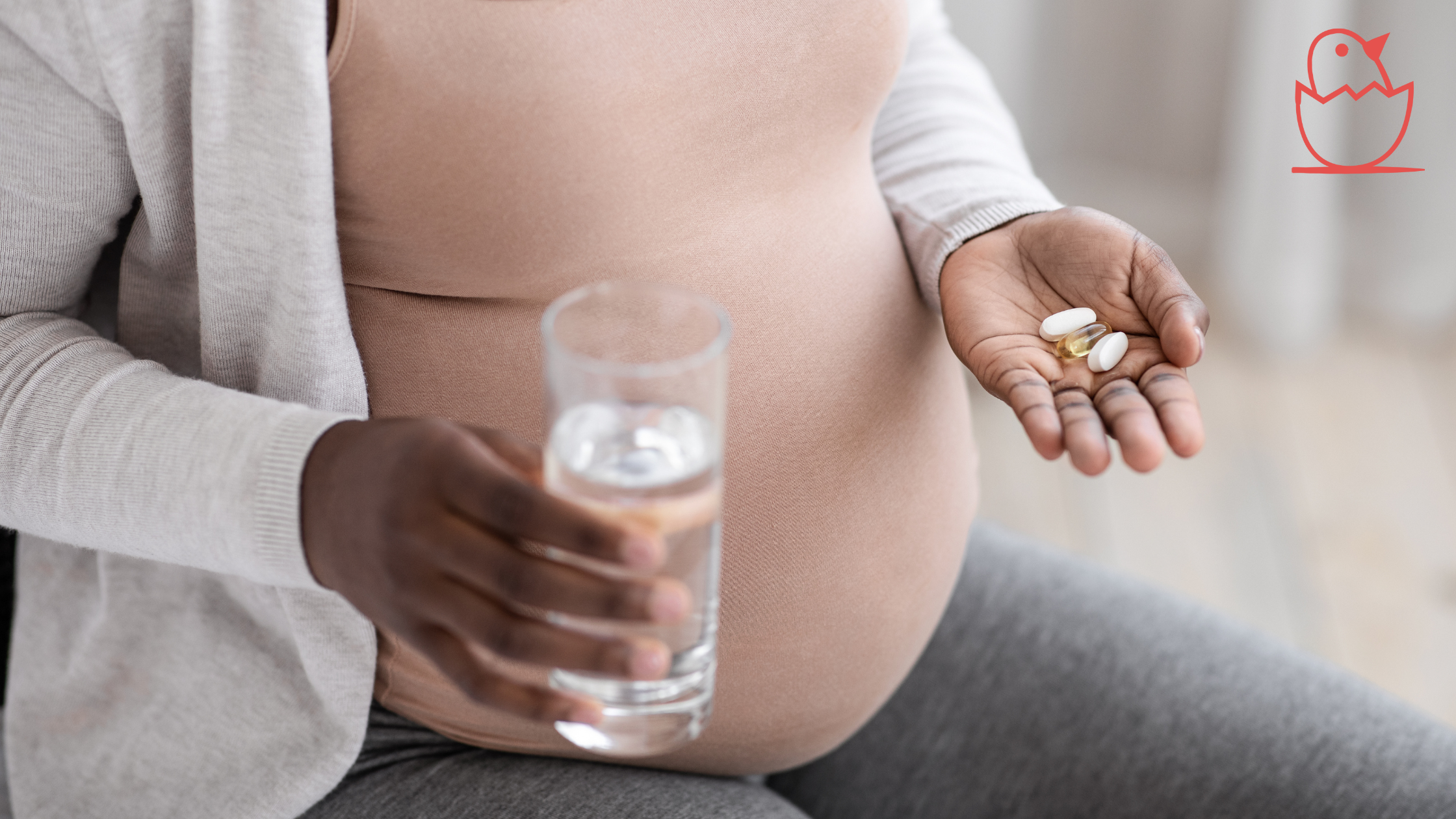What to eat during pregnancy
A healthy diet is always important but it is essential when you are pregnant. Nutrients from the foods you eat cross through the placenta and nourish your child. What you eat, your baby eats.
Eating a healthy diet in pregnancy doesn’t have to be complicated. If you choose organic, stick to mostly whole, unprocessed foods, cook most of your meals at home, and stay away from highly processed foods, you’ll be well on your way to providing a good nutritional base for your baby.
Follow these nutritional basics:
Eat plenty of fruits and vegetables. Fruits and vegetables are full of vitamins and minerals, including folate and iron, as well as fiber.
Fill up on fiber. High-fiber foods keep you regular. That’s important, because pregnant women are more prone to constipation since the digestive tract is slower during pregnancy. In addition to fruits and vegetables, beans are a great fiber source and supply protein, calcium, and iron.
Get enough protein. Proteins serve as building blocks for new cells, providing structure to bones, muscles, organs, and skin.
Eat healthy fats. Omega-3s aid your baby’s brain development by helping construct the protective myelin sheath that surrounds nerves.
Try fermented foods. The process of fermentation creates active cultures with probiotic bacteria, which is why fermented foods aid in digestion and help keep your intestinal bacteria in balance. Foods like kefir, kimchee, sauerkraut, tempeh, and yogurt are a great way to add probiotic-rich foods to your diet.
Stay away from junk food and highly processed foods.
Eat at home. One of the best ways to control what’s in the food you eat is to cook it yourself. If you’re pressed for time, using a meal preparation kit service that focuses on healthy ingredients may help make cooking from scratch more realistic.
Go organic.
Now’s the time to eat clean. Focus on eating as much organic food as possible to avoid pesticide exposure. The American Pediatrics Association tested various fruits and vegetables for pesticide residue and concluded that conventional produce contains higher levels than organic. “At this point, we simply do not have the scientific evidence to know whether the difference in pesticide levels will impact a person’s health over a lifetime, though we do know that children – especially young children whose brains are developing – are uniquely vulnerable to chemical exposures,” stated Joel Forman, MD, FAAP, one of the report’s lead authors.
If you’re not able to go completely organic, check the “Dirty Dozen” and “Clean Fifteen” lists from the Environmental Working Group to help you prioritize which items to buy organic.
Eat early. Pass on heavy meals late in the day to avoid reflux.
Work with an expert. The food you eat during pregnancy can help you manage gestational issues. If you’ve had gestational issues in the past, see a registered dietician to help you craft a diet plan.
Stay hydrated. Drink plenty of filtered water. It’s important to stay hydrated while you’re pregnant and after you have your baby, especially if you’re breastfeeding. The best thing to drink is pure, filtered water. Water helps flush toxins out of your system and keeps your amniotic fluid at healthy levels. Water supports your liver and kidneys in functioning properly. It also helps you make the extra blood your body requires during pregnancy and sufficient milk after your baby is born. Dehydration can lead to fatigue and constipation. It can also contribute to urinary tract issues (2).
Some women have trouble drinking plain water, especially during the first trimester. If this is the case for you, try seltzer or add a splash of fruit juice. Some tap water contains impurities — anything from microscopic organisms to heavy metals from old pipes to chemicals like chlorine used to treat water (3-5). That’s why we recommend getting a water filter. (A simple pitcher filter can do the trick.) It’s a cleaner solution than drinking bottled water because plastic from the bottle can leach into the water.
Try to drink at least eight to ten glasses of water a day. One tip is to start by drinking a glass of water as soon as you wake up and keep a stainless-steel or BPA-free plastic water bottle nearby to take small, frequent drinks throughout the day. You can also eat foods with high water content, like fruits, vegetables, soups, stews, and smoothies.
Eating for two
If you’re pregnant, you’ve doubtless already heard someone encourage you to eat more because you’re eating for two. Don’t take this well-intentioned advice literally. It doesn’t mean you should consume twice the calories you previously were. According to the U.S. National Library of Medicine, you should bump up your calorie intake by just 300 calories per day (6).
Rather, eating for two means you need to make sure you’re getting all the nutrients you and your rapidly growing baby need. Building another person is hard work, and you need to be well nourished to do it. Six of the most important nutrients for pregnancy are folate, vitamin D, calcium, iron, protein, and DHA.
The best sources for key nutrients
A healthy diet can help you get the nutrition you need during pregnancy. The form makes a difference, so pay attention to the source. As you plan your food choices, focus on these important nutrients for you and your growing baby.
Folate
Folate is a B vitamin found in leafy green vegetables like spinach, Brussels sprouts, romaine lettuce, broccoli, and other greens. Its name comes from the Latin word folium, which means leaf. But you can also get this mighty B from less leafy foods like black-eyed peas, asparagus, avocado, green peas, kidney beans, and wheat germ.
Look for supplements with L-methylfolate, the most bioavailable form of folate, with bioavailability up to seven times that of folic acid (7). That’s because it bypasses the cycle of converting folic acid to methylfolate, which is the form the body uses. Many people — possibly half — lack the gene that allows them to make this conversion (8). For them, folic acid supplements are inefficient.
Vitamin D
Vitamin D can come from the sun, but most people need to supplement, as well. Along with building healthy bones, it also boosts mood and immunity. Vitamin D3 is the most bioavailable form. A study published in the Journal of Clinical Endocrinology & Metabolism found that vitamin D3 was 83 percent more potent than vitamin D2 (9).
Calcium
Dairy products are the most common source of calcium in the American diet, but that doesn’t mean they’re the best. Many people are lactose intolerant, and the calcium in dairy may not be well absorbed. You can get calcium instead from sardines (with the bones included), fortified fruit juice and plant milks, salmon, fortified cereals, and seeds. Greens are full of calcium too. Kale is a particularly well-absorbed source, showing more than twice the absorption rate of milk (10).
Inorganic forms of calcium, such as calcium phosphate, are well-absorbed in the presence of gastric acid. Organic forms of the mineral, such as calcium malate and calcium ascorbate, are easily absorbed with or without gastric acid. Women of childbearing age make enough gastric acid to absorb inorganic calcium forms just fine.
Iron
Iron is an important mineral found in red meat, seafood, white beans, dark chocolate, lentils, spinach, chickpeas, potatoes, and cashews. You can also add iron to your diet by cooking in cast-iron skillets. To increase absorption, take iron with foods rich in vitamin C.
In supplement form, iron comes as either ferric or ferrous salts. Of the two, it’s generally agreed that ferrous salts are better absorbed. But even then, absorption is only 10-15 percent, according to a small but randomized controlled study (11). Additionally, both types of iron can irritate the gut.
Minimize the amount of calcium you take when you are supplementing with or taking a prenatal vitamin with iron. Studies have shown that calcium can inhibit iron absorption (12). That is why we put 5% of the daily recommended value of calcium in Mama Bird Prenatal Multi+ line. This allows expectant moms to supplement with calcium at their own convenience for optimal absorption of both iron and calcium.
Studies found that a newly developed form of iron called Ferrochel® was as effective at preventing iron deficiency and anemia in pregnant women as ferrous sulfate — at half the amount and with less GI upset (13).
Protein
Proteins are complex molecules that provide structure to bones, muscles, organs, and skin. Red meat, fish, and dairy provide protein, but there are plenty of vegetarian and vegan sources too, such as lentils, beans, nuts and nut butters, seeds, quinoa, and eggs.
If you eat red meat, choose grass-fed beef that’s free of hormones and antibiotics. Grass-fed meat has higher levels of omega-3 fatty acids — anywhere from two to six times — and less saturated fat than grain-fed beef. It also has more antioxidants, vitamins, and conjugated linoleic acid (CLA), which supports heart health (14,15).
As with many nutrients, all forms of protein are not equal. The Digestible Indispensable Amino Acid Score (DIAAS) ranks proteins by quality. Scores over 100 indicate that if a person were to fulfill their entire day’s protein needs with that food, 100 percent of their amino acid requirements would be met. Because vegan proteins tend to have lower DIAAS values than animal proteins, vegans may need to eat more protein than other folks (16).
DHA/omega-3 fatty acids
Fatty fish like salmon and tuna are the best sources, but you can also get omega-3s from flax seeds, seaweed, and walnuts. Healthy immune cells stockpile omega-3s. However, the Mayo Clinic recommends you limit white (albacore) tuna and tuna steaks to 6 ounces (170 grams) a week to avoid mercury accumulation in your bloodstream.
DHA in multivitamins is usually a synthetic ethyl ester, which can produce an alcohol derivative in your body. Since you want to avoid alcohol in pregnancy, you’re better off getting DHA in a separate supplement made from fish oil (in triglyceride form) or algae (17).
Vitamin C
Nutrients like vitamin C are important to keep your immune system in good working order (18). Many vegetables and most fruits — especially cantaloupe, citrus, guava, kiwi, papaya, and strawberries — are high in this antioxidant vitamin. Vitamin C protects immune cells from free radical damage (19).
Vitamin E
Seeds and whole grains are good sources of vitamin E, another antioxidant.
Carotenoids
Carotenoids are antioxidant pigments that give many fruits and vegetables like apricots, citrus, carrots, and squash their golden hues. Studies have shown carotenoids support immune response (20).
Bioflavonoids
These antioxidant phytonutrients help support the immune system and are found in broccoli, cherries, citrus, grapes, green peppers, and onions (21).
Selenium
Beef, brazil nuts, brown rice, eggs, mushrooms, oatmeal, pork, poultry, spinach, and sunflower seeds all provide selenium, which is necessary for immune cell function (22).
Zinc
A deficiency in zinc can decrease your natural resistance to invaders (23). Zinc is found in beef, egg yolks, beans, spinach, and almonds.
Allicin
This sulfur-containing, immune-boosting compound is found in garlic (24).
Prenatal supplements
It’s challenging to get everything you need from food alone. Supplement with a prenatal multivitamin and specific nutrients to make sure you are getting enough of the essentials.
High Quality Prenatal Vitamins
DHA
Probiotics
Additional:
Vitamin D3
Iron
Here’s a printable one-page guide with easy reminders of what foods to look for and what to avoid.
Download Our Checklist!
Here’s to good nutrition so you can feel your best and provide a healthy foundation for your baby.












